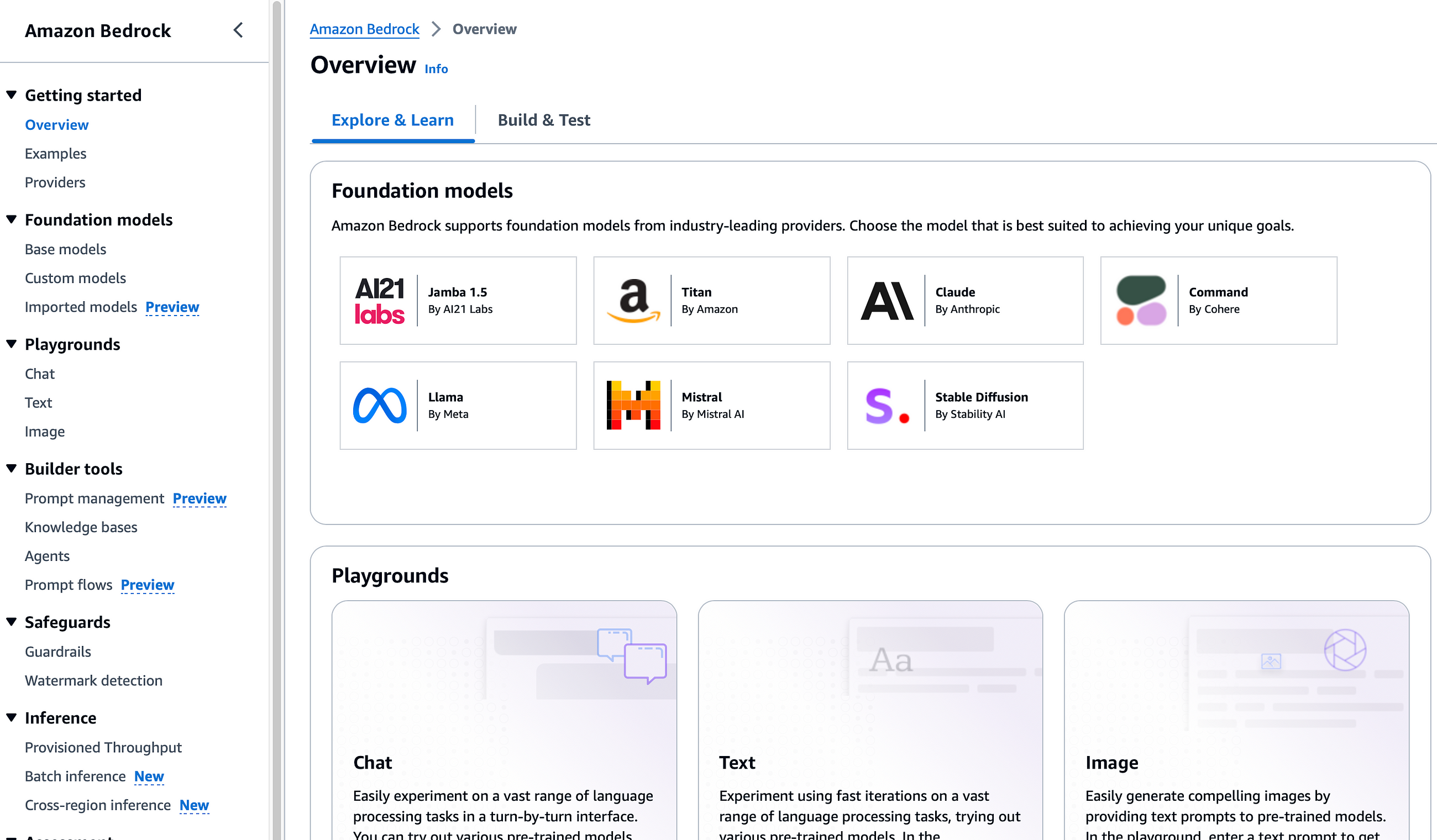Apple appears to be slowly moving away from regular, timed hardware and software releases that come on an annual basis, instead favoring more of a staggered product release cycle, Bloomberg‘s Mark Gurman highlighted in his most recent Power On newsletter.
Gurman suggests that Apple Intelligence is evidence that Apple is “ever-so-slightly” moving away from a big fall launch for its hardware and software products. iOS 18 and macOS Sequoia debuted without any Apple Intelligence features, despite the fact that Apple Intelligence was a key focal point of iOS 18 at the Worldwide Developers Conference, and heavily advertised for the new iPhone 16 models.
Instead, the first Apple Intelligence features will come out in October in an iOS 18.1 update, and Apple plans to add new Apple Intelligence capabilities in iOS 18.2, iOS 18.3, and iOS 18.4. Everything that Apple highlighted in June 2024 won’t be available until well into 2025.
Apple has delayed some software features in the past, introducing them in later updates, but with Apple Intelligence, Apple announced everything well in advance and made it clear that the software updates would roll out over time.
Gurman suggests that Apple could continue on this path, adopting a strategy that will see it release products when they’re ready rather than pushing to get devices out on a scheduled timeline. As Apple’s product lineup has grown more complex, software has also become more complicated. This year, Apple had to pull iPadOS 18 for the new M4 iPad Pro models after it was released, plus it had to remove beta versions of watchOS 11.1 and the HomePod Software 18.1 because the software was causing significant issues.
Apple is not expected to stop offering yearly releases of the iPhone, but there are signs that it is holding updates on some other products. There was no new version of the Apple Watch SE this year (and it seems to be on a 3-year update cycle as of now), nor did Apple introduce a new Apple Watch Ultra, instead adding a new color for the Ultra 2.
Macs and iPads that are planned for 2025 will come at various points throughout the year and may not be tied to specific events like WWDC and the September iPhone event. Gurman has previously said Apple will introduce new MacBook Air models, new iPad Air models, and a new iPhone SE early in 2025, with a Mac Studio to follow in mid-2025 and a Mac Pro to come later.
Gurman suggests that continuing on with a staggered approach could result in more innovation thanks to fewer timing constraints, and that such a strategy would also make Apple less predictable, which is something that the company aims for.
This article, “Apple’s Shift Toward More Staggered Releases Could Bring More Innovation and Less Predictability” first appeared on MacRumors.com
Discuss this article in our forums
Apple appears to be slowly moving away from regular, timed hardware and software releases that come on an annual basis, instead favoring more of a staggered product release cycle, Bloomberg’s Mark Gurman highlighted in his most recent Power On newsletter.
Gurman suggests that Apple Intelligence is evidence that Apple is “ever-so-slightly” moving away from a big fall launch for its hardware and software products. iOS 18 and macOS Sequoia debuted without any Apple Intelligence features, despite the fact that Apple Intelligence was a key focal point of iOS 18 at the Worldwide Developers Conference, and heavily advertised for the new iPhone 16 models.
Instead, the first Apple Intelligence features will come out in October in an iOS 18.1 update, and Apple plans to add new Apple Intelligence capabilities in iOS 18.2, iOS 18.3, and iOS 18.4. Everything that Apple highlighted in June 2024 won’t be available until well into 2025.
Apple has delayed some software features in the past, introducing them in later updates, but with Apple Intelligence, Apple announced everything well in advance and made it clear that the software updates would roll out over time.
Gurman suggests that Apple could continue on this path, adopting a strategy that will see it release products when they’re ready rather than pushing to get devices out on a scheduled timeline. As Apple’s product lineup has grown more complex, software has also become more complicated. This year, Apple had to pull iPadOS 18 for the new M4 iPad Pro models after it was released, plus it had to remove beta versions of watchOS 11.1 and the HomePod Software 18.1 because the software was causing significant issues.
Apple is not expected to stop offering yearly releases of the iPhone, but there are signs that it is holding updates on some other products. There was no new version of the Apple Watch SE this year (and it seems to be on a 3-year update cycle as of now), nor did Apple introduce a new Apple Watch Ultra, instead adding a new color for the Ultra 2.
Macs and iPads that are planned for 2025 will come at various points throughout the year and may not be tied to specific events like WWDC and the September iPhone event. Gurman has previously said Apple will introduce new MacBook Air models, new iPad Air models, and a new iPhone SE early in 2025, with a Mac Studio to follow in mid-2025 and a Mac Pro to come later.
Gurman suggests that continuing on with a staggered approach could result in more innovation thanks to fewer timing constraints, and that such a strategy would also make Apple less predictable, which is something that the company aims for.This article, “Apple’s Shift Toward More Staggered Releases Could Bring More Innovation and Less Predictability” first appeared on MacRumors.comDiscuss this article in our forums Read More MacRumors: Mac News and Rumors – All Stories
#Techno #PCWorld















